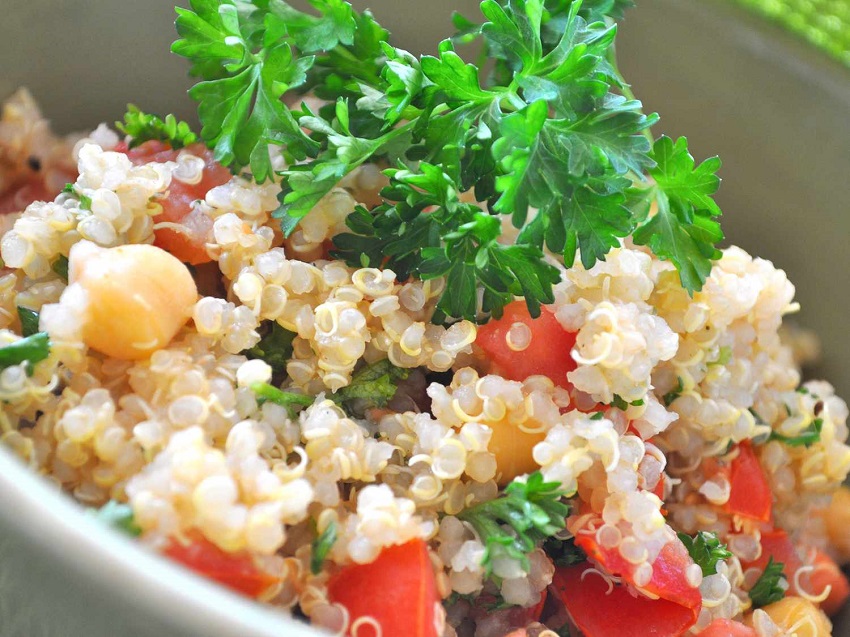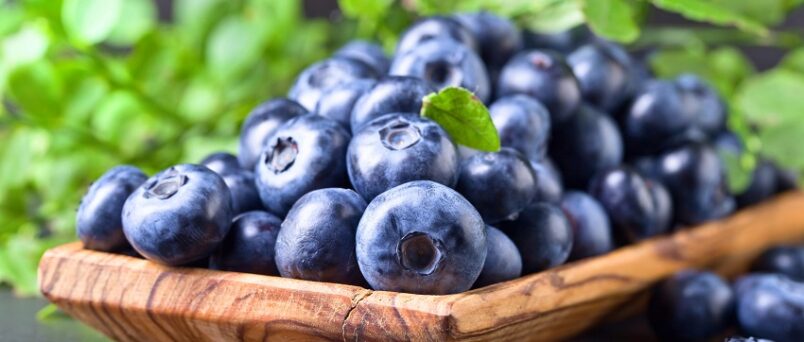Have you ever wondered what truly constitutes the “richest” food? Is it about luxury and expense, or does it pertain to the incredible wealth of nutrients they provide? In this article, we’re embarking on a culinary journey to explore the concept of the richest food. Buckle up as we delve into the nutritional treasures that can transform your health and well-being. This article is presented by Jagbuzz.com.
Unlocking the Riches Within: Exploring Nutrient-Dense Foods
When we talk about the richest food, we’re not referring to opulent feasts adorned with gold leaf; rather, we’re delving into the world of nutrient density. Nutrient-dense foods pack an extraordinary punch of vitamins, minerals, and other essential compounds in every bite. These foods are like the powerhouses of nutrition, offering immense benefits to our bodies. Discover food business ideas.
Defining Nutrient Density: Quality Over Quantity
Nutrient density isn’t about eating copious amounts; it’s about consuming foods that deliver the maximum nutritional value per calorie. Think about it as an investment – you’re putting your calories to work by supplying your body with a wealth of nutrients.
Kale: The Crown Jewel of Greens
One of the prime contenders for the title of the richest food is kale. This leafy green is a superstar in the world of nutrition. Bursting with vitamins A, C, and K, along with minerals like calcium and iron, kale is like a treasure trove of goodness. Moreover, its high fiber content supports digestion and promotes a healthy gut.
Salmon: The Omega-3 Enriched Delight
When it comes to nutrient-rich protein, salmon reigns supreme. Packed with high-quality protein and abundant in omega-3 fatty acids, this fish offers a plethora of benefits. From supporting heart health to reducing inflammation, salmon is a true delicacy for both your taste buds and your well-being.
Blueberries: Tiny Spheres of Antioxidant Greatness
Don’t underestimate the power of these tiny blue gems. Blueberries are loaded with antioxidants, particularly anthocyanins, which give them their vibrant color. Antioxidants play a vital role in combating oxidative stress and reducing the risk of chronic diseases. Discover What are the Best Food Hacks?
Quinoa: The Ancient Grain of Abundance
Quinoa is not your average grain – it’s a complete protein source, containing all nine essential amino acids. Packed with fiber, vitamins, and minerals, quinoa provides sustained energy and aids in maintaining healthy blood sugar levels.
Conclusion
In the grand banquet of life, the richest foods aren’t necessarily the most expensive or extravagant. Instead, they are the nutrient-dense powerhouses that fuel our vitality and well-being. By incorporating foods like kale, salmon, blueberries, and quinoa into our diets, we’re making a conscious choice to invest in our health – a choice that pays lifelong dividends.
FAQs
Are nutrient-dense foods only for vegetarians?
Not at all! Nutrient-dense foods can include a variety of options, whether you follow a vegetarian, vegan, or omnivorous diet.
Can I get enough protein from plant-based nutrient-dense foods?
Absolutely. Foods like quinoa, lentils, and tofu are excellent plant-based protein sources that can meet your protein needs.
Are frozen blueberries as nutritious as fresh ones?
Yes, frozen blueberries retain much of their nutritional value, making them a convenient and budget-friendly choice.
How often should I include nutrient-dense foods in my diet?
Aim to incorporate nutrient-dense foods into your meals every day to reap their numerous health benefits.
Can I find kale and quinoa at local grocery stores?
Yes, most grocery stores now carry kale and quinoa due to their increasing popularity and nutritional benefits.

